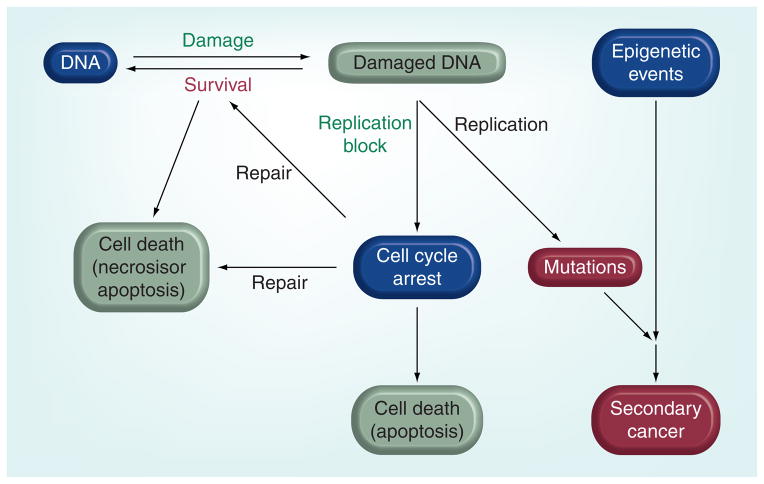Figure 3. Biological effects of DNA damage and DNA repair.
DNA damage blocks processivity of DNA polymerases, which induces cell cycle arrest due to the formation of stalled replication forks. DNA repair can occur during cell cycle arrest, which is a survival pathway, but persistent stalled replication forks eventually give rise to single-strand and double-strand breaks that lead to cell death by apoptosis. Persistent lesions can result in mutations and possibly secondary cancers due to error prone repair or translesion synthesis by low-fidelity polymerases. DNA repair can also lead to cell death due to overactivation of PARP, which results in depletion of cellular levels of ATP. The processes in green are desired effects for successful chemotherapy and red are undesirable effects.

